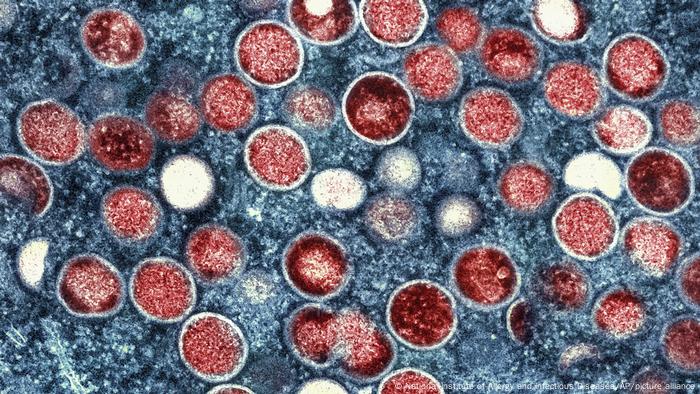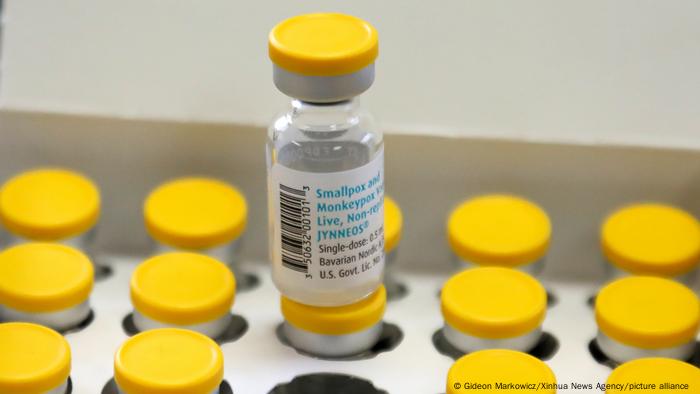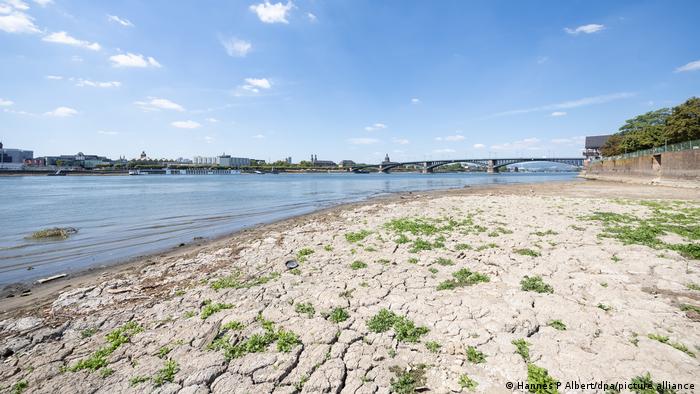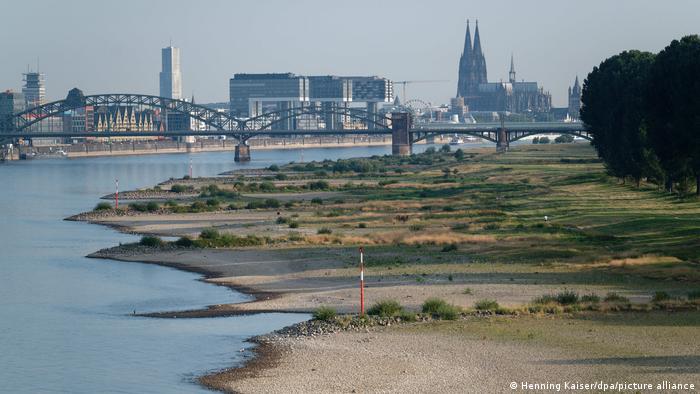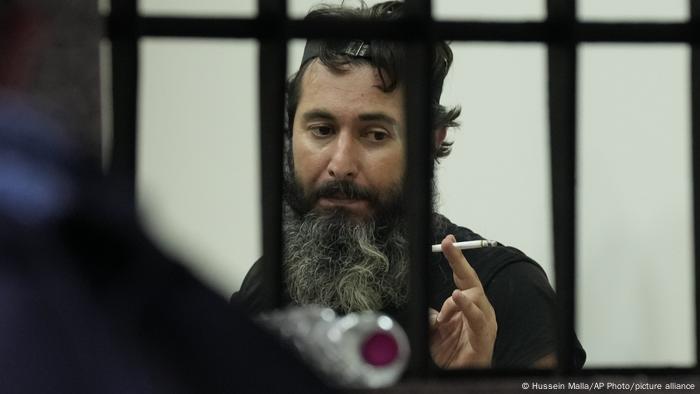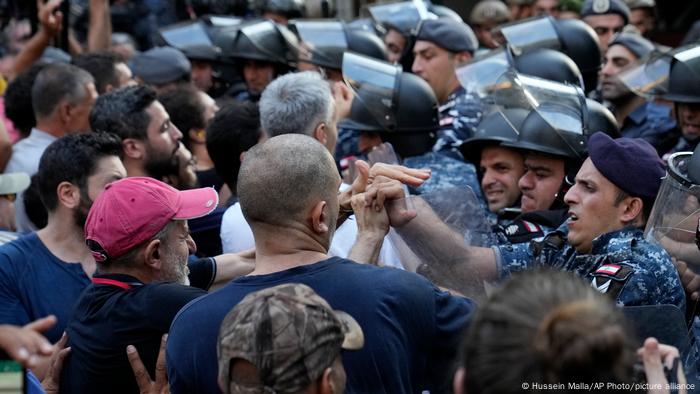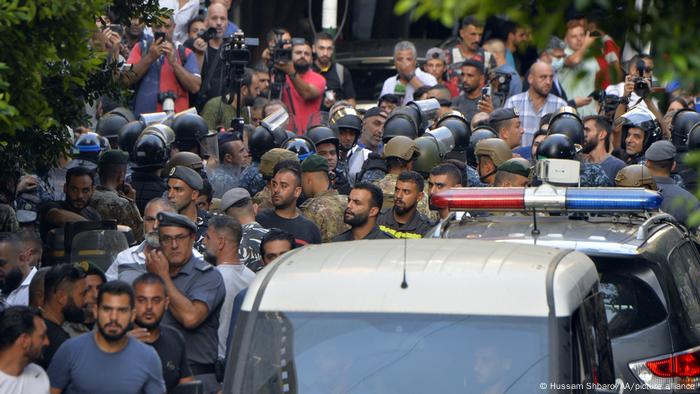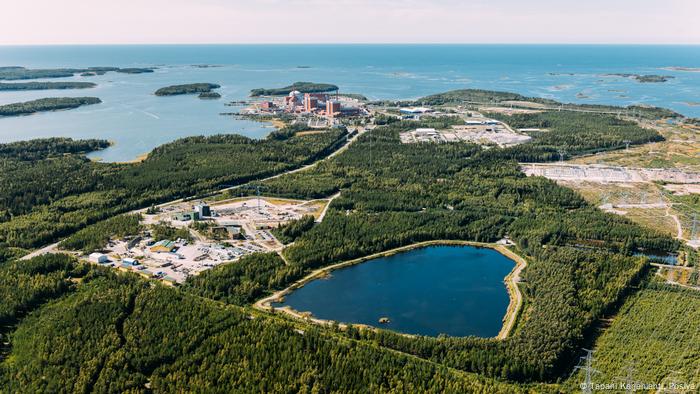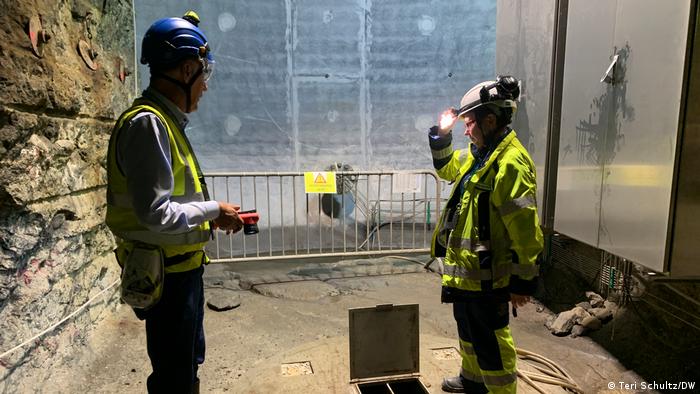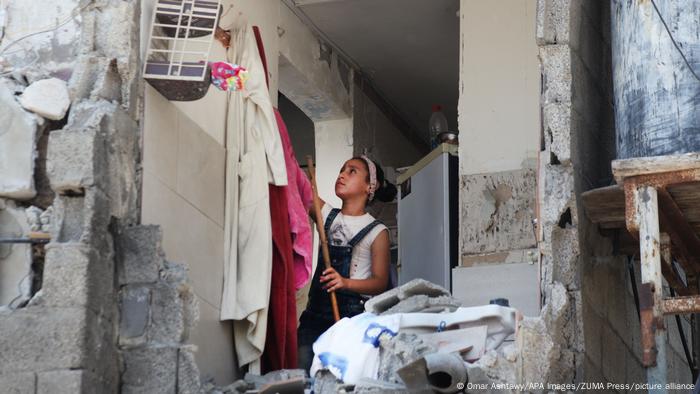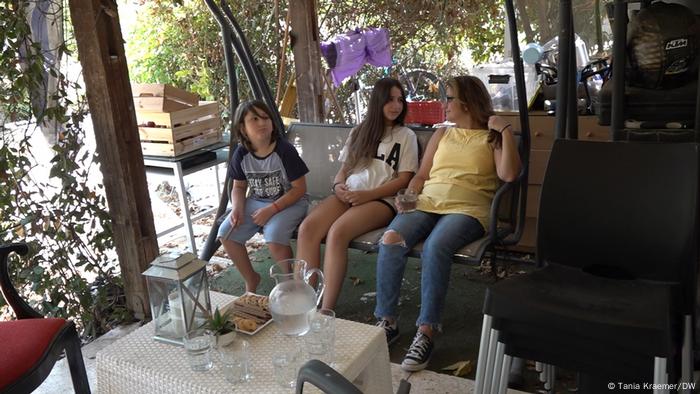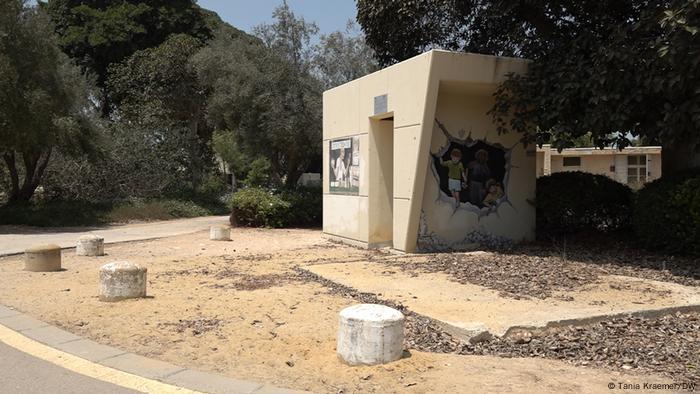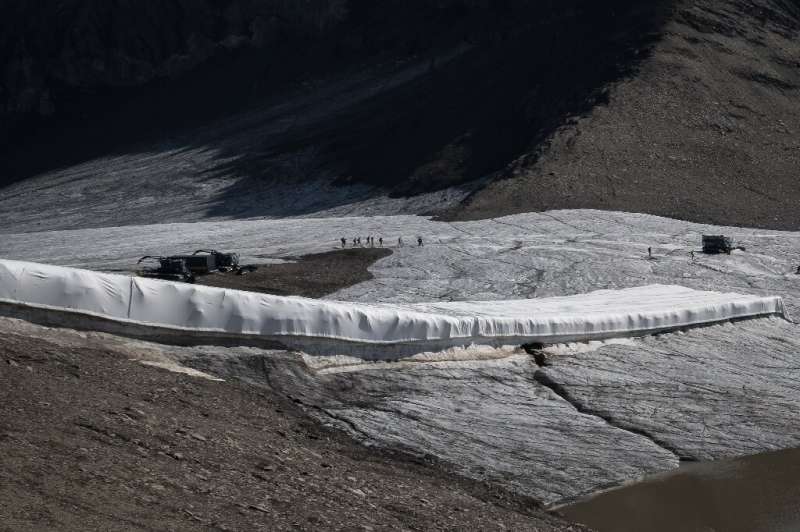Philippines: Rights groups fear rollback of reproductive care
Many fear that the US move to overturn Roe v. Wade could curb tenuous rights gains in the Philippines. Abortion policies in the country are some of the most restrictive in the world.
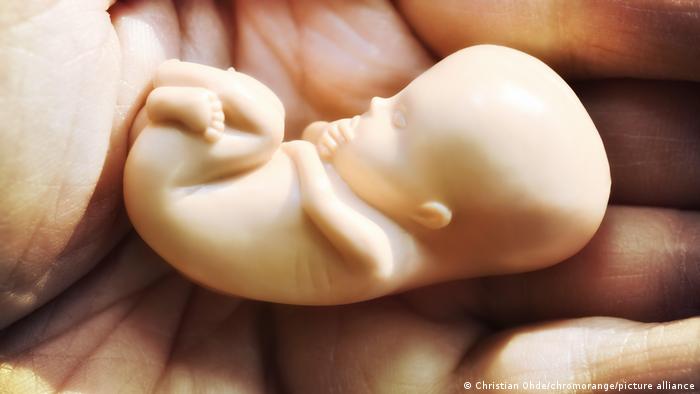
In the Philippines, having an abortion is punishable with imprisonment —
for both the pregnant person and medical provider
Women's rights advocates in the Philippines fear that the overturning of Roe v. Wade in the United States could also reverse precarious gains in reproductive and sexual health rights in the Southeast Asian country. The US ruling, which was made in 1973 and overturned in June, guaranteed the constitutional right to an abortion.
Many believe that the United States' approach to reproductive health care could set the stage for the Philippines.
Abortion policies in the predominantly Catholic Philippines are among the most restrictive in the world, originally derived from the penal code under Spanish colonial rule. There are no clear exceptions even in cases of rape, incest or to save the life of the pregnant person.
Meanwhile, having an abortion is punishable with imprisonment — for both the pregnant person and the medical provider.
"There is nothing worse than our abortion policies. Those opposed to decriminalizing abortion will be emboldened to use the overturning of Roe v. Wade to sway public opinion," Marevic Parcon, executive director for Women's Global Network for Reproductive Rights (WGNRR), told DW.
WGNRR, together with the Philippine Safe Abortion Advocacy Network (PINSAN), a coalition of non-government organizations, has been advocating for the decriminalization of abortion as well as an end to fines and imprisonment for pregnant people who seek abortions, and the medical providers who perform the procedure.
A news report on the government website quoted Bishop Crispin Varquez, head of the Catholic Bishops' Conference of the Philippines (CBCP) as welcoming the overturning of the US ruling as a "piece of good news and one that is enlightened by the Holy Spirit."
Fears over limited access to birth control
Shebana Alqaseer, co-founder of the Young Feminist Collective, recalled the horror she felt when the US Supreme Court announced its decision to reverse the 1973 ruling, which granted a constitutional right to an abortion across the United States.
"If a country as free as the US continues to revert to archaic laws, what hope is left for us? Banning abortions won't stop them from happening. What it does is make abortion unsafe, putting people's lives at risk just for attempting to access the care they need," Alqaseer told DW.
Data compiled by the Center for Reproductive Rights (CRC) shows that illegal and unsafe abortions in the Philippines increased from 560,000 in 2008 to up to 610,000 in 2012. Meanwhile, PINSAN estimates that three pregnant people die every day from complications related to unsafe abortions, often performed in unsanitary conditions and using outdated techniques.
Limited access to birth control and reproductive health care put poor women, young women and those in rural areas at a higher risk of unintended pregnancy and unsafe abortions.
Several domestic laws and policies allow women the right to receive health care for complications related to unsafe abortion. However, the abortion ban has stigmatized the procedure.
According to the CRC, pregnant people who seek post-abortion care are denied care or harassed and intimidated by health care workers who threaten to report them to the police.
According to the World Health Organization (WHO), under proper health care guidelines and when performed by a skilled healthworker, abortion is "a simple and extremely safe procedure."
"Being able to obtain a safe abortion is a crucial part of health care," Craig Lissner, the WHO's acting director for Sexual and Reproductive Health and Research, said in a statement. An estimated 25 million unsafe abortions occur globally each year.
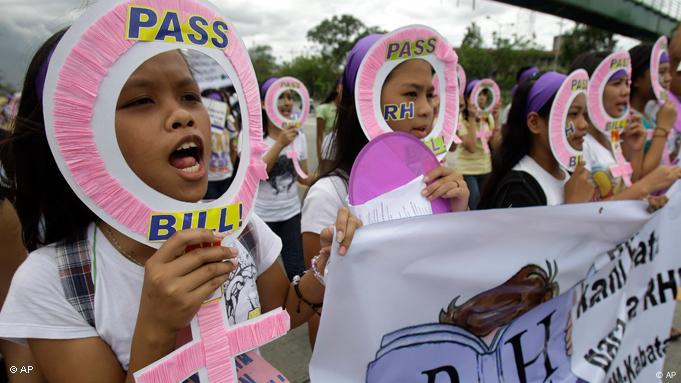
In 2011, people in the Philippines took to the streets to call for a reproductive health care bill,
but abortion restrictions in the country remain harsh.
Divided public opinion
April, a 48-year-old woman from Manila, is against abortion but would not pass judgment against women who need access to it. "I understand why women may need an abortion, but as someone who actually attempted abortion when I was younger, I'm glad my attempt failed," she told DW.
April, who asked that only her first name be used for privacy reasons, said that instead of abortion, reproductive health care services and birth control should be made more available to women. "For example, I asked my doctor to perform a tubal ligation on me, but she refused because of religious reasons." A tubal ligation prevents women from getting pregnant by closing a woman's fallopian tubes.
Rom Dongeto, the chairperson of the Philippine Legislators' Committee on Population and Development (PLCPD) told DW that with the US poised to review other legislation related to birth control and same-sex marriage, gender rights advocates need to plan counter strategies.
Dongeto's committee is also aiming to liberalize teen access to birth control through a Teen Pregnancy Prevention Bill. Under current laws, minors are unable to access contraceptives in government clinics without parental consent, even as teen pregnancies surge.
"It will be a more difficult battle from here on. We need to brace ourselves," he added.
Edited by: Leah Carter
